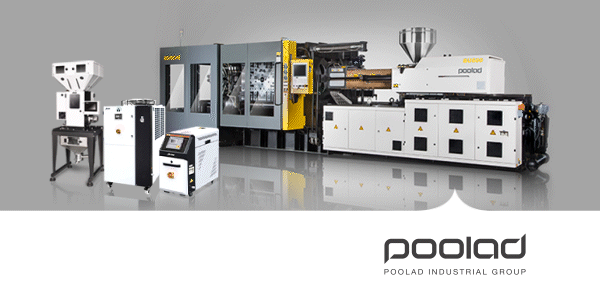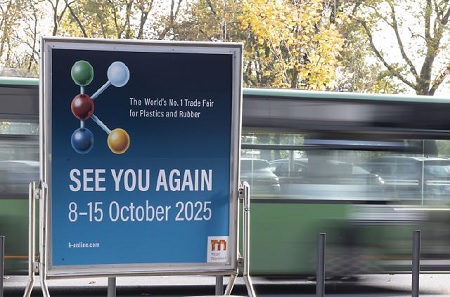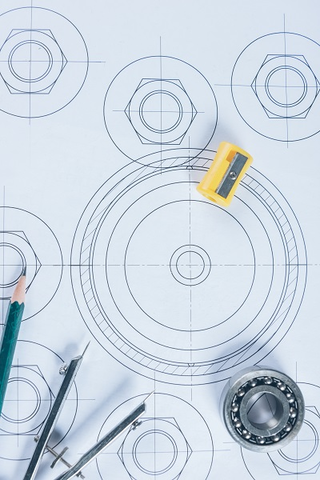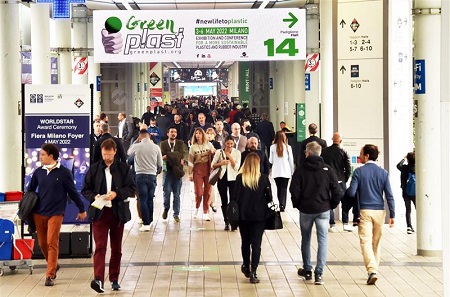By using a post-deposition in situ passivation strategy, the team at Spain’s Institute of Photonic Sciences has been able to smooth the way toward increased solar energy collection, as Interesting Engineering reported.
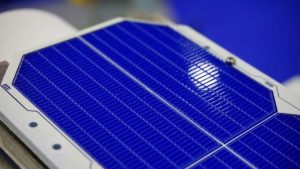 “Imagine a bumpy road that slows down cars. Surface passivation is like repaving the road, making it smoother so cars can move without getting stuck,” said Dr. Jae Taek Oh, first author of the study.
“Imagine a bumpy road that slows down cars. Surface passivation is like repaving the road, making it smoother so cars can move without getting stuck,” said Dr. Jae Taek Oh, first author of the study.It’s all about removing surface defects that inhibit power conversion efficiency in order to facilitate the transport of electrical charge carriers across the ultra-thin solar film.
The nanocrystal ink is made from abundant and environmentally friendly colloidal silver bismuth sulfide, as IE explained. This has a high light absorption coefficient — making it ideal for optoelectronic applications — and can be fully dissolved in water.
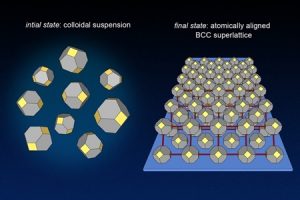 “We show that, upon improved colloidal dispersibility and surface passivation, [these nanocrystals] yield thin films free from morphological defects with low trap-state density and balanced charge carrier mobilities,” per the original study.
“We show that, upon improved colloidal dispersibility and surface passivation, [these nanocrystals] yield thin films free from morphological defects with low trap-state density and balanced charge carrier mobilities,” per the original study.
“As a result, this process leads to ultrathin-film solar cells with a fill-factor of 72% and a power conversion efficiency in excess of 10%, setting a new record for eco-friendly, solution-processed ultrathin solar cells.”
More efficient solar cells of this type could help this renewable source become even more ubiquitous across the globe. Their slim size and flexibility make them ideal for a variety of applications where larger, more rigid solar panels wouldn’t work.
Renewable energy sources generate around 20% of all U.S. electricity, and they’re slowly helping us phase out dirty fuels that spew planet-heating gases into the atmosphere.
If you were to install home solar panels, which of these factors would be your primary motivation?
Energy independence
Lower power bills
Helping the planet
No chance I ever go solar
Click your choice to see results and speak your mind
In 2022, sustainable sources surpassed the energy generated by burning coal for the first time, and the U.S. expects solar energy generation to grow by 75% by 2025.
Click your choice to see results and speak your mind


